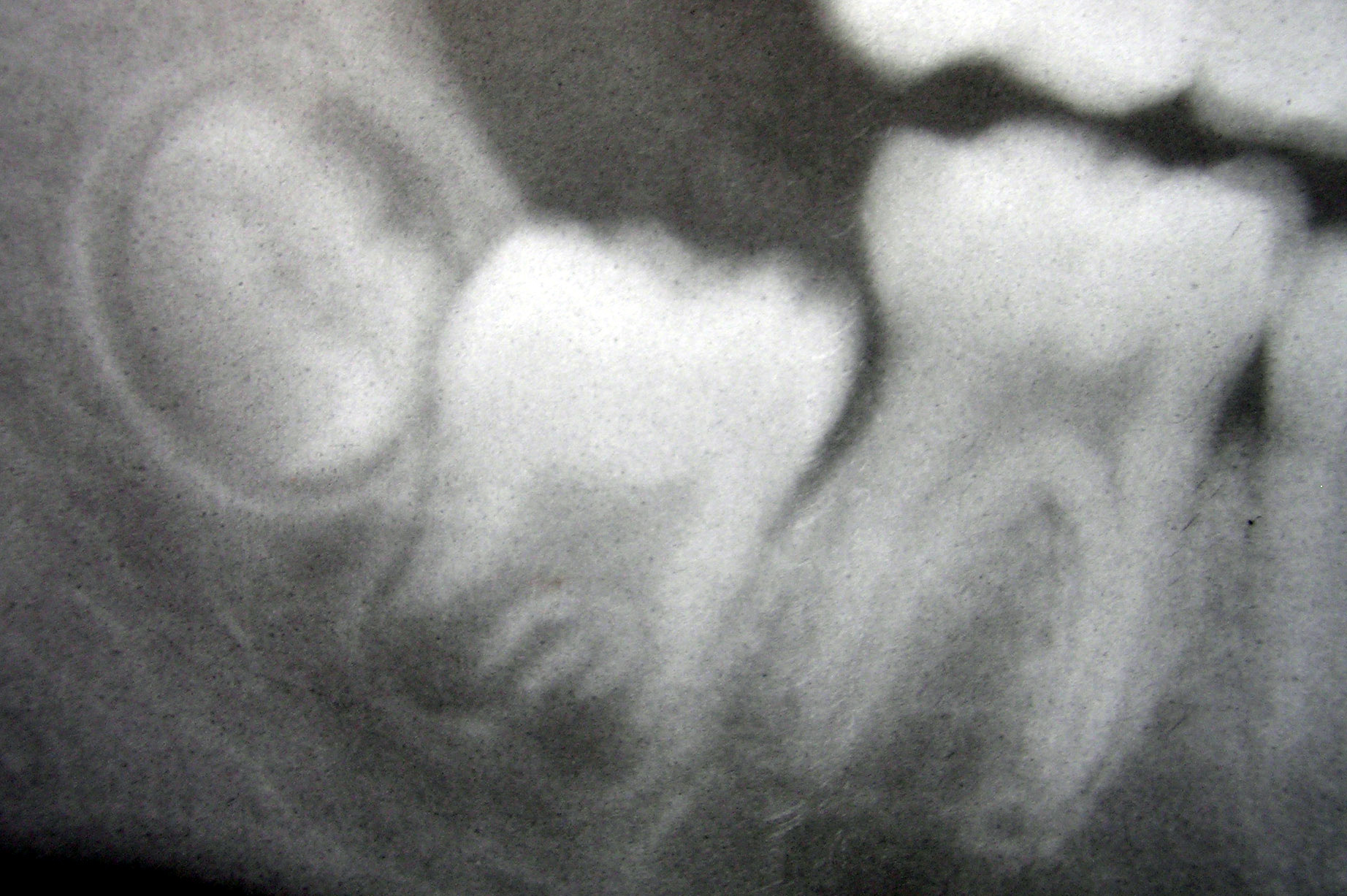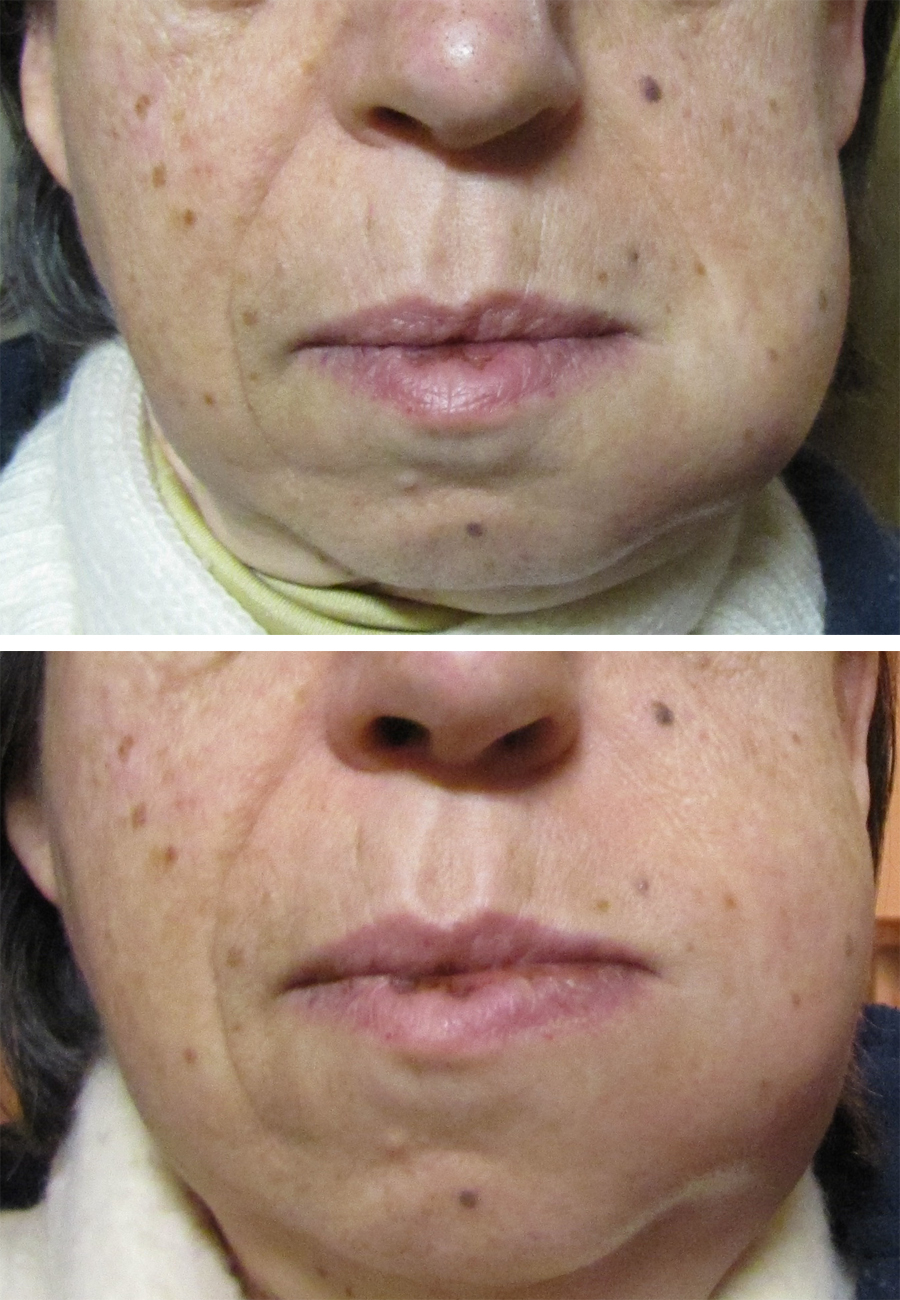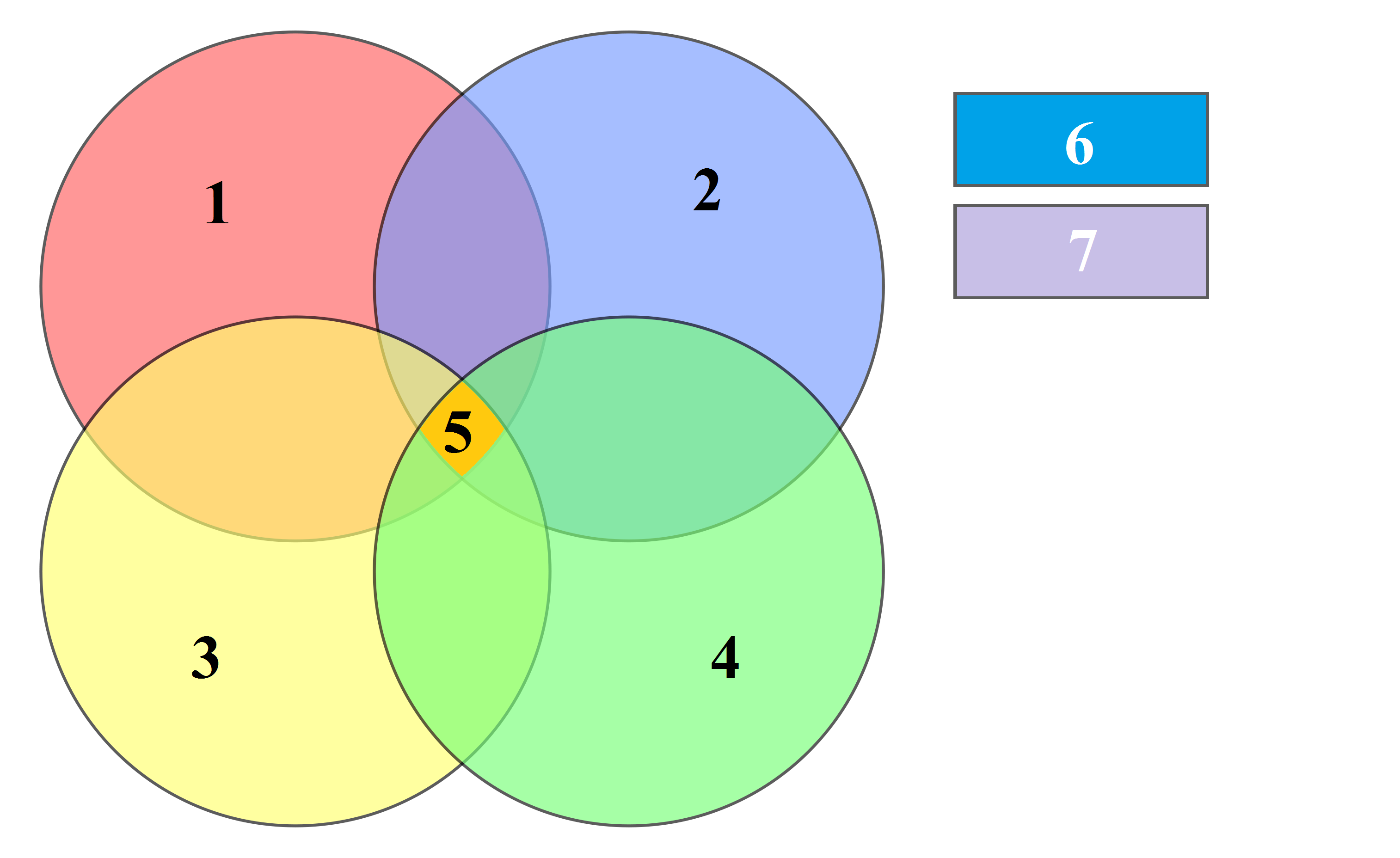|
Dentinogenesis Imperfecta
Dentinogenesis imperfecta (DI) is a genetic disorder of tooth development. It is inherited in an autosomal dominant pattern, as a result of mutations on chromosome 4q21, in the dentine sialophosphoprotein gene (DSPP). It is one of the most frequently occurring autosomal dominant features in humans. Dentinogenesis imperfecta affects an estimated 1 in 6,000-8,000 people. This condition can cause teeth to be discolored (most often a blue-gray or yellow-brown color) and translucent, giving teeth an opalescent sheen. Teeth are also weaker than normal, making them prone to rapid wear, breakage, and loss. These problems can affect baby (primary/deciduous) teeth alone, or both baby teeth and adult (permanent) teeth, with the baby teeth usually more severely affected. Although genetic factors are the main contributor for the disease, any environmental or systemic upset that impedes calcification or metabolisation of calcium can also result in anomalous dentine. Classification Shield cl ... [...More Info...] [...Related Items...] OR: [Wikipedia] [Google] [Baidu] |
Genetic Disorder
A genetic disorder is a health problem caused by one or more abnormalities in the genome. It can be caused by a mutation in a single gene (monogenic) or multiple genes (polygenic) or by a chromosomal abnormality. Although polygenic disorders are the most common, the term is mostly used when discussing disorders with a single genetic cause, either in a gene or chromosome. The mutation responsible can occur spontaneously before embryonic development (a ''de novo'' mutation), or it can be Heredity, inherited from two parents who are carriers of a faulty gene (autosomal recessive inheritance) or from a parent with the disorder (autosomal dominant inheritance). When the genetic disorder is inherited from one or both parents, it is also classified as a hereditary disease. Some disorders are caused by a mutation on the X chromosome and have X-linked inheritance. Very few disorders are inherited on the Y linkage, Y chromosome or Mitochondrial disease#Causes, mitochondrial DNA (due to t ... [...More Info...] [...Related Items...] OR: [Wikipedia] [Google] [Baidu] |
Attrition (dental)
Dental attrition is a type of tooth wear caused by tooth-to-tooth contact, resulting in loss of tooth tissue, usually starting at the incisal or occlusal surfaces. Tooth wear is a physiological process and is commonly seen as a normal part of aging. Advanced and excessive wear and tooth surface loss can be defined as pathological in nature, requiring intervention by a dental practitioner. The pathological wear of the tooth surface can be caused by bruxism, which is clenching and grinding of the teeth. If the attrition is severe, the enamel can be completely worn away leaving underlying dentin exposed, resulting in an increased risk of dental caries and dentin hypersensitivity. It is best to identify pathological attrition at an early stage to prevent unnecessary loss of tooth structure as enamel does not regenerate. Signs and symptoms Attrition occurs as a result of opposing tooth surfaces contacting. The contact can affect cuspal, incisal and proximal surface areas. Indicatio ... [...More Info...] [...Related Items...] OR: [Wikipedia] [Google] [Baidu] |
Dental Anatomy
Dental anatomy is a field of anatomy dedicated to the study of human tooth structures. The development, appearance, and classification of teeth fall within its purview. (The function of teeth as they contact one another falls elsewhere, under dental occlusion.) Tooth formation begins before birth, and the teeth's eventual morphology is dictated during this time. Dental anatomy is also a taxonomical science: it is concerned with the naming of teeth and the structures of which they are made, this information serving a practical purpose in dental treatment. Usually, there are 20 primary ("baby") teeth and 32 permanent teeth, the last four being third molars or "wisdom teeth", each of which may or may not grow in. Among primary teeth, 10 usually are found in the maxilla (upper jaw) and the other 10 in the mandible (lower jaw). Among permanent teeth, 16 are found in the maxilla and the other 16 in the mandible. Each tooth has specific distinguishing features. Growing of tooth ... [...More Info...] [...Related Items...] OR: [Wikipedia] [Google] [Baidu] |
Root Canal
A root canal is the naturally occurring anatomic space within the root of a tooth. It consists of the pulp chamber (within the coronal part of the tooth), the main canal(s), and more intricate anatomical branches that may connect the root canals to each other or to the surface of the root. Structure At the center of every tooth is a hollow area that houses soft tissues, such as the nerve, blood vessels, and connective tissue. This hollow area contains a relatively wide space in the coronal portion of the tooth called the pulp chamber. These canals run through the center of the roots, similar to the way graphite runs through a pencil. The pulp receives nutrition through the blood vessels, and sensory nerves carry signals back to the brain. A tooth can be relieved from pain if there is irreversible damage to the pulp, via root canal treatment. Root canal anatomy consists of the pulp chamber and root canals. Both contain the dental pulp. The smaller branches, referred to as '' ... [...More Info...] [...Related Items...] OR: [Wikipedia] [Google] [Baidu] |
Dentin Hypersensitivity
Dentin hypersensitivity (DH, DHS) is dental pain which is sharp in character and of short duration, arising from exposed dentin surfaces in response to stimuli, typically thermal, evaporative, tactile, osmotic, chemical or electrical; and which cannot be ascribed to any other dental disease. A degree of dentin sensitivity is normal, but pain is not usually experienced in everyday activities like drinking a cooled drink. Therefore, although the terms ''dentin sensitivity'' and ''sensitive dentin'' are used interchangeably to refer to dental hypersensitivity, the latter term is the most accurate. Signs and symptoms The pain is sharp and sudden, in response to an external stimulus. The most common trigger is cold, with 75% of people with hypersensitivity reporting pain upon application of a cold stimulus. Other types of stimuli may also trigger pain in dentin hypersensitivity, including: * Thermal – hot and cold drinks and foods, cold air, coolant water jet from a dental instrument ... [...More Info...] [...Related Items...] OR: [Wikipedia] [Google] [Baidu] |
Dental Abscess
A dental abscess is a localized collection of pus associated with a tooth. The most common type of dental abscess is a periapical abscess, and the second most common is a periodontal abscess. In a periapical abscess, usually the origin is a bacterial infection that has accumulated in the soft, often dead, pulp of the tooth. This can be caused by tooth decay, broken teeth or extensive periodontal disease (or combinations of these factors). A failed root canal treatment may also create a similar abscess. A dental abscess is a type of odontogenic infection, although commonly the latter term is applied to an infection which has spread outside the local region around the causative tooth. Classification The main types of dental abscess are: * Periapical abscess: The result of a chronic, localized infection located at the tip, or apex, of the root of a tooth. * Periodontal abscess: begins in a periodontal pocket (see: periodontal abscess) * Gingival abscess: involving only the gum ... [...More Info...] [...Related Items...] OR: [Wikipedia] [Google] [Baidu] |
Tooth Decay
Tooth decay, also known as cavities or caries, is the breakdown of teeth due to acids produced by bacteria. The cavities may be a number of different colors from yellow to black. Symptoms may include pain and difficulty with eating. Complications may include inflammation of the tissue around the tooth, tooth loss and infection or abscess formation. The cause of cavities is acid from bacteria dissolving the hard tissues of the teeth ( enamel, dentin and cementum). The acid is produced by the bacteria when they break down food debris or sugar on the tooth surface. Simple sugars in food are these bacteria's primary energy source and thus a diet high in simple sugar is a risk factor. If mineral breakdown is greater than build up from sources such as saliva, caries results. Risk factors include conditions that result in less saliva such as: diabetes mellitus, Sjögren syndrome and some medications. Medications that decrease saliva production include antihistamines and antidep ... [...More Info...] [...Related Items...] OR: [Wikipedia] [Google] [Baidu] |
Dental Caries
Tooth decay, also known as cavities or caries, is the breakdown of teeth due to acids produced by bacteria. The cavities may be a number of different colors from yellow to black. Symptoms may include pain and difficulty with eating. Complications may include inflammation of the tissue around the tooth, tooth loss and infection or abscess formation. The cause of cavities is acid from bacteria dissolving the hard tissues of the teeth ( enamel, dentin and cementum). The acid is produced by the bacteria when they break down food debris or sugar on the tooth surface. Simple sugars in food are these bacteria's primary energy source and thus a diet high in simple sugar is a risk factor. If mineral breakdown is greater than build up from sources such as saliva, caries results. Risk factors include conditions that result in less saliva such as: diabetes mellitus, Sjögren syndrome and some medications. Medications that decrease saliva production include antihistamines and antide ... [...More Info...] [...Related Items...] OR: [Wikipedia] [Google] [Baidu] |
Dentinoenamel Junction
The dentinoenamel junction or dentin-enamel junction (DEJ) is the boundary between the enamel and the underlying dentin that form the solid architecture of a tooth. It is also known as the amelo- dentinal junction, or ADJ. The dentinoenamel junction is thought to be of a scalloped structure which has occurred as an exaptation of the epithelial folding that is undergone during ontogeny. This scalloped exaptation has then provided stress relief during mastication and a reduction in dentin-enamel sliding and has thus, not been selected against, making it an accidental adaptation.T. Pievani & E. Serelli (2011) 'Exaptation in human evolution: how to test adaptive vs exaptive evolutionary hypotheses'. Journal of Anthropological Sciences The ''Journal of Anthropological Sciences'' is an annual peer-reviewed open-access scientific journal covering anthropology. It was established in 1893 as the ''Atti della Società Romana di Antropologia'', and was renamed the ''Rivista di Antropol ... ... [...More Info...] [...Related Items...] OR: [Wikipedia] [Google] [Baidu] |
Vertical Dimension Of Occlusion
Vertical dimension of occlusion, or VDO, also known as occlusal vertical dimension (OVD), is a term used in dentistry to indicate the superior-inferior relationship of the maxilla and the mandible when the teeth are occluded in maximum intercuspation. A VDO is not only possessed by people who have teeth, however; for completely edentulous individuals who do not have any teeth with which to position themselves in maximum intercuspation, VDO can be measured based on subjective signs related to esthetics and phonetics. In terms of esthetics, an appropriately measured VDO will appear to a layman's eye as an ordinary configuration of the patient's nose, lips and chin. An excessive VDO will appear as though the patient has something stuffed into their mouth, and the patient may not even be able to close their lips. A telltale indication of an excessive VDO is a patient straining to close their lips around the wax rims during VDO determination. Conversely, a deficient VDO will appea ... [...More Info...] [...Related Items...] OR: [Wikipedia] [Google] [Baidu] |
Abrasion (dental)
Abrasion is the non-carious, mechanical wear of tooth from interaction with objects other than tooth-tooth contact. It most commonly affects the premolars and canines, usually along the cervical margins. Based on clinical surveys, studies have shown that abrasion is the most common but not the sole aetiological factor for development of non-carious cervical lesions (NCCL) and is most frequently caused by incorrect toothbrushing technique. Abrasion frequently presents at the cemento-enamel junction and can be caused by many contributing factors, all with the ability to affect the tooth surface in varying degrees. The appearance may vary depending on the cause of abrasion, however most commonly presents in a V-shaped caused by excessive lateral pressure whilst tooth-brushing. The surface is shiny rather than carious, and sometimes the ridge is deep enough to see the pulp chamber within the tooth itself. Non-carious cervical loss due to abrasion may lead to consequences and sympto ... [...More Info...] [...Related Items...] OR: [Wikipedia] [Google] [Baidu] |
Tooth Wear
Tooth wear refers to loss of tooth substance by means other than dental caries. Tooth wear is a very common condition that occurs in approximately 97% of the population. This is a normal physiological process occurring throughout life; but with increasing lifespan of individuals and increasing retention of teeth for life, the incidence of non-carious tooth surface loss has also shown a rise. Tooth wear varies substantially between people and groups, with extreme attrition and enamel fractures common in archaeological samples, and erosion more common today. Tooth wear is predominantly the result of a combination of three processes; attrition, abrasion and erosion. These forms of tooth wear can further lead to a condition known as abfraction, where by tooth tissue is 'fractured' due to stress lesions caused by extrinsic forces on the enamel. Tooth wear is a complex, multi-factorial problem and there is often difficulty identifying a single causative factor. However, tooth wear is o ... [...More Info...] [...Related Items...] OR: [Wikipedia] [Google] [Baidu] |






